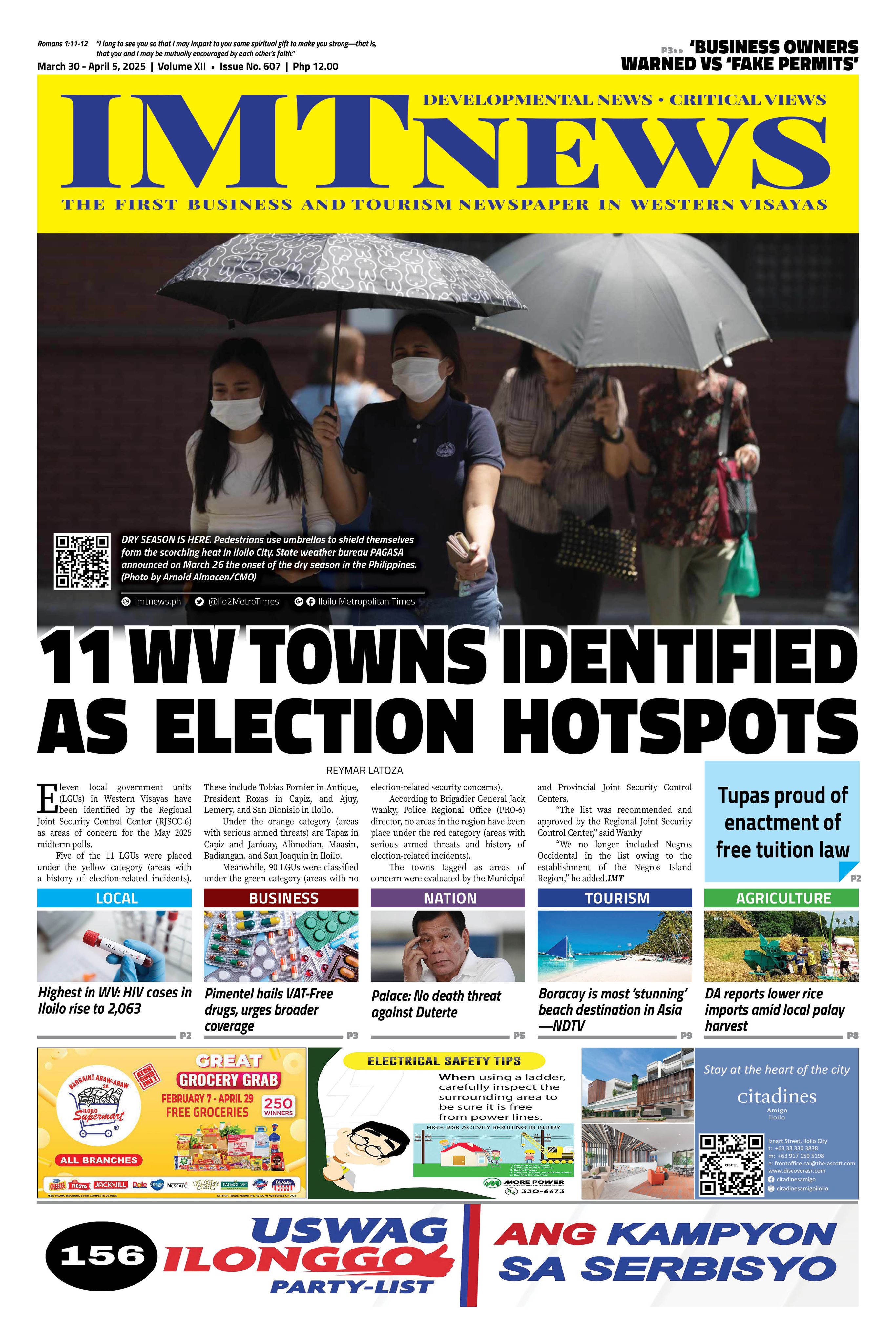The Philippines’ agriculture sector is set to post a robust growth of at least 2.5% in the last three months of 2019, despite natural and man-made challenges.
Agriculture Secretary William D. Dar said the country’s agri-fishery sector is expected to grow modestly from 2.5% to 3.0% in the fourth quarter (Q4) of 2019, a big jump from the 1.8% growth posted during the same period in 2018.
“We are hopeful that favorable conditions were sustained in the fourth quarter, allowing us to attain a full-year growth target of at least 2%,” Dar said.
To recall, the farm and fishery sector grew by only 0.64% in the first three months of 2019 and contracted further to -1.23% in the second quarter, mainly due to the adverse effects of El Niño on the crops subsector.
The sector recovered during the third quarter, posting a faster-than-expected 2.87% growth.
Since August 2019, or barely five months in office, the newly-confirmed agri chief faced major challenges that included falling prices of palay and copra, high retail price of rice, outbreak of African Swine Fever (ASF), fall armyworm infestation in corn, and typhoons that wreaked havoc in major crops.
“Our prompt implementation of decisive measures to arrest falling prices of palay, as well as the imposition of strict biosecurity and quarantine measures to manage, control and contain ASF were the key factors in upturning the crops and hog subsectors, respectively,” said Dar.
Early warning announcements have also helped minimize losses from typhoons.
For instance, he cited during Typhoon Tisoy, the agriculture sector was able to save P12-billion (B) worth of crops in Luzon and the Visayas due to early preparations made by the DA and local government units (LGUs) prior to the storm’s landfall.
This included P11.6-B worth of palay harvested from 157,000 hectares and P109-million worth of corn crops planted in 2,000 hectares.
“The Department of Agriculture was able to meet head-on and temper the effects of both man-made and natural calamities through the strong cooperation with LGUs, agri-fishery industry leaders, the academe, farmers’ and fishers’ groups, and with the full support of President Rodrigo Roa Duterte, finance secretary Carlos Dominguez, and colleagues in the Cabinet, particularly the economic development cluster,” the DA chief said.
“We remained firm and focused on our vision of a food-secure Philippines with prosperous farmers and fishers, advocating our battlecry: ‘Masaganang ani at mataas na kita’,” he added.
“The story of Philippine agriculture in 2019 is that of hope and a growing sense of optimism on the future of the sector that has been — for the longest time — the biggest drag on our economy,” he said.
“We are optimistic that the growth will be sustained in the last two and a half years of the Duterte administration, as we improve productivity and increase incomes of farmers and fishers, attract more investments, and encourage more local chief executives to perform their role as food security czars,” the DA chief added.
“Indeed, as Finance Secretary Dominguez said at the recent Agribusiness Summit in Davao City, the agriculture sector is a sleeping giant. But with the right policy and mechanisms and, more importantly, vigorous support from all quarters, this sleeping giant can become the force by which more contribution to the gross domestic product will happen,” Dar said.
To realize this target, he intends to lead the DA with laser-like focus to carry out programs faster and with greater precision.IMT









